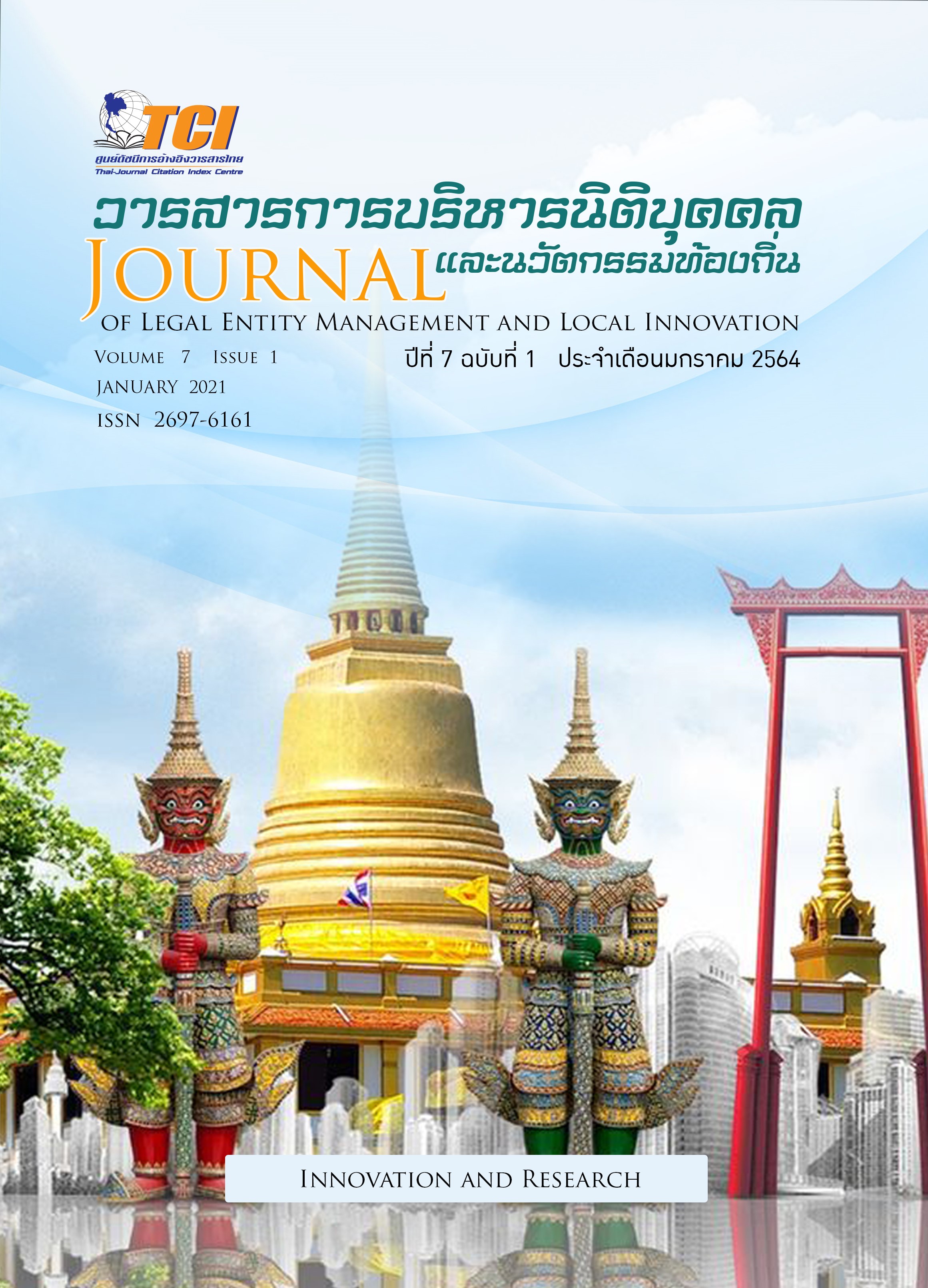THE MODEL OF SUITABLE AGRICULTURAL AFTER STOPPING PARAQUAT AND GLYPHOSATE USED IN SPECIAL MANAGEMENT ZONE AT PHU KAO - PHU PHAN KHAM NATIONAL PARK
Keywords:
Agricultural Model, Sustainable, Paraquat, GlyphosateAbstract
This research aims to 1) analyze key factors to create a concept agricultural model after the stopping of paraquat and glyphosate used of agricultural sites in special management zone at Phu Kao-Phu Phan Kham National Park using a multi-criteria decision analysis process (MCDA) and 2) create and evaluate of suitable agricultural models after the stopping of paraquat and glyphosate used of agricultural sites in special management zone at Phu Kao-Phu Phan Kham National Park. This research is a research and development of the mixed method research by determining the sample size according to the Krejcie and Morgan tables of 328 households, analyzing the key factors and finding suitable agricultural practices after stopping paraquat and glyphosate used with a multi-criteria decision analysis process (MCDA) by 13 key informants derived from specific selections from local stakeholders. For data analysis, percentage (%), mean ( ) and standard deviation (SD) were used. The research found that the key factors to be considered for the create of suitable agricultural models after stopping of use were used. paraquat and glyphosate in descending order, all 5 major factors are: 1) Major factor in land tenure and land use problems 2) Major factor in drought problems 3) Major factor of debt problems 4) Major factor of forest edge degradation 5) Major factor in access to public health services. All five key factors were used as the basis for creating a model of complementary forest agriculture through participatory action. The same group of key contributors of 13 people, when the model was created, were assessed for Index of Item Objective Congruence (IOC) from 9 stakeholders, obtaining index of 0.89, and then revising according to recommendations. It is a model of forest agriculture, which is an agricultural model that is suitable for the special management zone of the Phu Kao-Phu Phan Kham National Park. That is consistent with the principles of sustainability and the needs of the area. In order to be able to further effective development.


